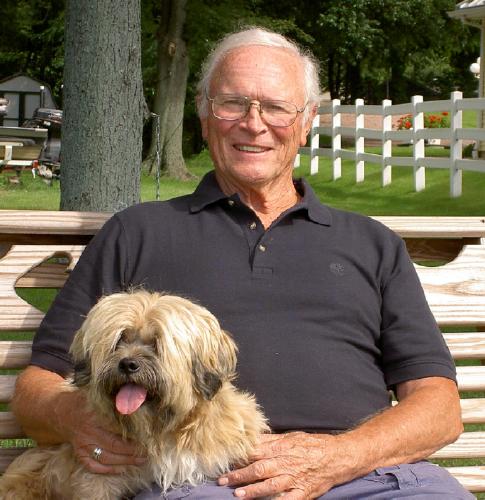Experience on the Anhinga Trail in the Everglades

I am a new wintertime resident of St. Augustine. This is my second winter here and I love it. St Augustine has to be one of the best kept secrets of America. There is an unbelievable variety of things to do and see here from 500 year old structures and forts to the charming, narrow streets of the old town to specialty sights like the lighthouse, Ripley's museum, and the Alligator farm. Tour trains and horse drawn carriage rides that wind through the narrow streets are a delight while cultural attractions and wide, sandy beaches appeal to a wide range of tastes. All these great attractions are readily accessible in a smallish town with a friendly atmosphere and plenty of good restaurants. All the interesting places and sights in Florida, Georgia and South Carolina are within a day's drive

Recently, Daphne and I visited Flamingo in Everglades National Park in our RV for a week. During our visit we walked the Anhinga Trail where we had a most unusual and interesting experience. As we walked on the wooden section of the trail, we photographed a cormorant drying its wings on a branch just above the water.

Suddenly it dove into the water disappearing for nearly a minute. It then struggled to the surface with a large catfish in its bill, flew out of the water and landed on the boardwalk just a few feet away.

The catfish struggled mightily, but the cormorant held on, its beak clamped onto head of the catfish by its gills. As we watched, fascinated, the bird maneuvered the catfish against the wooden planks until its beak was deep into the gills.


The bulge in its throat that was the catfish, moved slowly and steadily down the bird’s throat to disappear into its body. The bird walked around for a few minutes, probably adjusting the position of the rather large meal, flew nonchalantly right past a dozen amazed spectators onto the handrail where it paused for a moment, then flew away to a perch to digest its prey.

That prey probably weighed nearly a third of what the hungry bird did before its meal. What was so amazing to us was how skillfully and swiftly the bird dispatched the catfish that otherwise could have done it great harm if it had been alive and struggling when swallowed. Quite obviously the cormorant had handled this kind of dangerous prey before.


0 Comments:
Post a Comment
<< Home